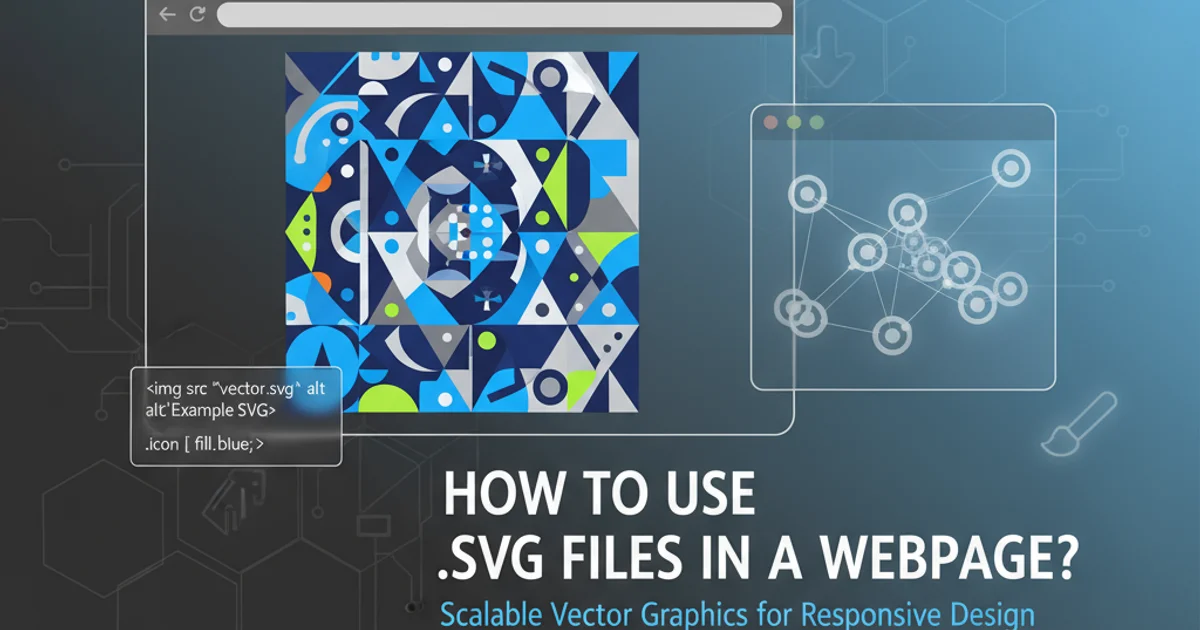small c compiler for educational purpose
Categories:
Building a Small C Compiler for Educational Purposes

Explore the fascinating world of compiler construction by building a simplified C compiler. This article guides you through the core stages, from lexical analysis to code generation, using practical examples and insights from projects like xv6.
Compilers are fundamental to modern computing, translating human-readable source code into machine-executable instructions. While complex, the core principles can be understood and implemented in a simplified manner. This article aims to demystify the compiler construction process by outlining the steps involved in creating a small C compiler, perfect for educational exploration. We'll touch upon concepts often found in projects like the xv6 operating system's compiler, providing a practical perspective.
The Compiler Pipeline: A High-Level Overview
A compiler typically operates in several distinct phases, each transforming the code into a more machine-friendly representation. Understanding these stages is crucial before diving into implementation. These phases ensure that the source code is syntactically correct, semantically valid, and ultimately translated efficiently.
flowchart TD
A[Source Code (.c)] --> B[Lexical Analysis (Scanner)]
B --> C[Tokens]
C --> D[Syntax Analysis (Parser)]
D --> E[Abstract Syntax Tree (AST)]
E --> F[Semantic Analysis]
F --> G[Intermediate Representation (IR)]
G --> H[Code Generation]
H --> I[Assembly Code]
I --> J[Assembler]
J --> K[Object Code]
K --> L[Linker]
L --> M[Executable]The typical stages of a compiler pipeline.
Phase 1: Lexical Analysis (Scanning)
The first step in compilation is lexical analysis, also known as scanning. The lexer reads the source code character by character and groups them into meaningful units called 'tokens'. Each token represents a keyword, identifier, operator, literal, or punctuation mark. For example, the statement int x = 10; would be broken down into tokens like INT, IDENTIFIER (x), ASSIGN, INTEGER_LITERAL (10), and SEMICOLON.
enum TokenType {
TOKEN_INT,
TOKEN_IDENTIFIER,
TOKEN_ASSIGN,
TOKEN_NUMBER,
TOKEN_SEMICOLON,
// ... other tokens
};
typedef struct {
enum TokenType type;
char* value; // For identifiers, numbers, etc.
} Token;
Token* lex(const char* source_code) {
// Implementation to scan source_code and return an array of Tokens
// ...
return NULL; // Placeholder
}
Basic structure for defining tokens and a lexer function.
Phase 2: Syntax Analysis (Parsing)
After tokenization, the parser takes the stream of tokens and checks if they form a syntactically valid program according to the language's grammar. This process typically results in the creation of an Abstract Syntax Tree (AST), which is a hierarchical representation of the source code that captures its grammatical structure. The AST discards unnecessary punctuation and focuses on the essential elements of the program.
graph TD
A[Program] --> B[Function Declaration]
B --> C[Type: int]
B --> D[Identifier: main]
B --> E[Parameter List]
B --> F[Block Statement]
F --> G[Variable Declaration]
G --> H[Type: int]
G --> I[Identifier: x]
G --> J[Assignment Statement]
J --> K[Identifier: x]
J --> L[Literal: 10]Simplified AST for int main() { int x = 10; }
typedef enum {
NODE_PROGRAM,
NODE_FUNC_DECL,
NODE_VAR_DECL,
NODE_ASSIGN_STMT,
NODE_IDENTIFIER,
NODE_INT_LITERAL
} NodeType;
typedef struct ASTNode {
NodeType type;
struct ASTNode* children[4]; // Simplified for example
char* value; // For identifiers, literals
} ASTNode;
ASTNode* parse(Token* tokens) {
// Implementation to build the AST from tokens
// ...
return NULL; // Placeholder
}
Basic AST node structure and a placeholder parser function.
Phase 3: Semantic Analysis and Code Generation
Semantic analysis checks for meaning and consistency, such as type checking (e.g., ensuring you don't add an integer to a function pointer) and variable declaration checks. After semantic validation, the compiler moves to code generation. For a small C compiler, this often involves translating the AST or an Intermediate Representation (IR) directly into assembly language. The xv6 operating system's compiler, for instance, targets x86 assembly.
void generate_code(ASTNode* node) {
if (!node) return;
switch (node->type) {
case NODE_PROGRAM:
// Generate boilerplate for program entry
generate_code(node->children[0]); // Main function
break;
case NODE_FUNC_DECL:
printf(".globl %s\n", node->children[1]->value); // Function name
printf("%s:\n", node->children[1]->value);
printf(" push %%rbp\n");
printf(" mov %%rsp, %%rbp\n");
generate_code(node->children[3]); // Function body
printf(" pop %%rbp\n");
printf(" ret\n");
break;
case NODE_VAR_DECL:
// For simplicity, assume local variables are on stack
// In a real compiler, this involves stack frame management
break;
case NODE_ASSIGN_STMT:
// Example: x = 10;
printf(" mov $%s, %%eax\n", node->children[1]->value); // Move 10 to eax
// Store eax to variable x (requires symbol table lookup for address)
// For simplicity, we'll just print the value for now
break;
// ... handle other node types
}
for (int i = 0; i < 4; ++i) {
if (node->children[i]) {
// Recursive call for children, if not handled above
}
}
}
Simplified code generation logic for a few AST node types, targeting x86 assembly.
Building a small C compiler is an excellent way to grasp the intricate workings of programming languages and systems. While challenging, breaking it down into these manageable phases makes the process approachable and incredibly rewarding. Projects like xv6 provide valuable insights into how these concepts are applied in a real-world, albeit simplified, operating system context.